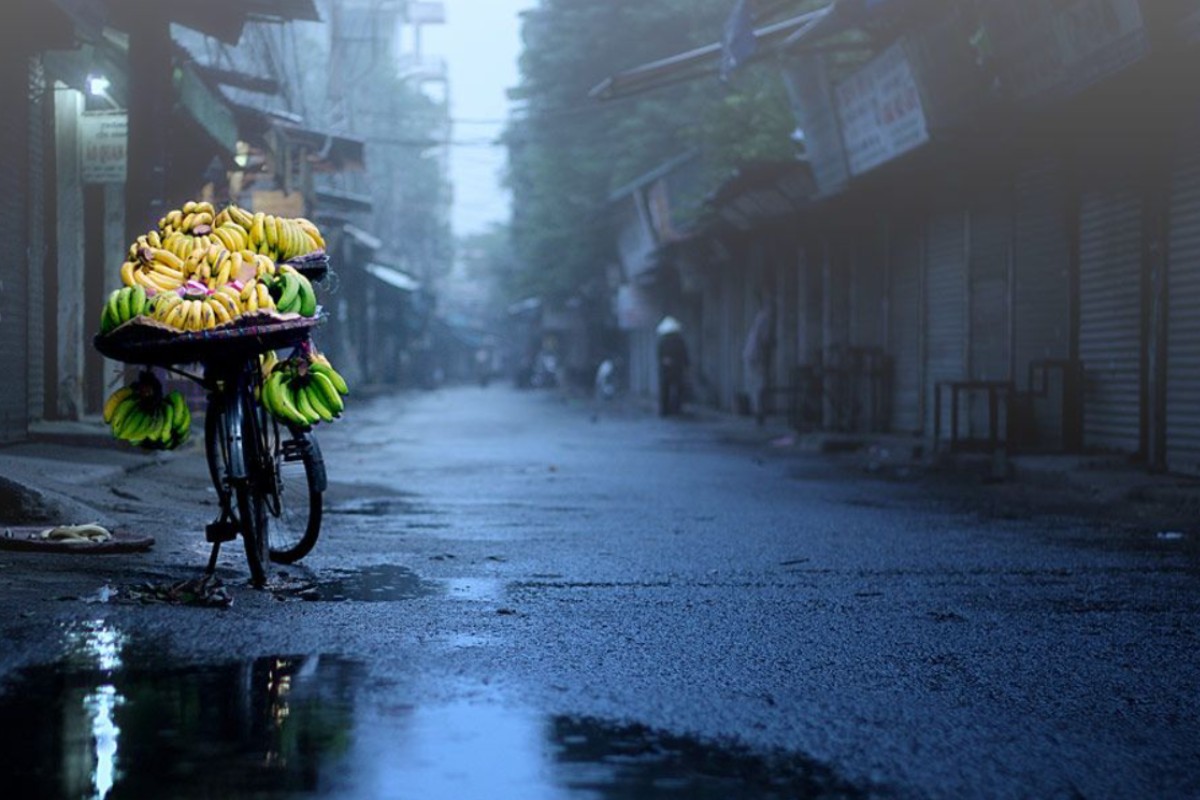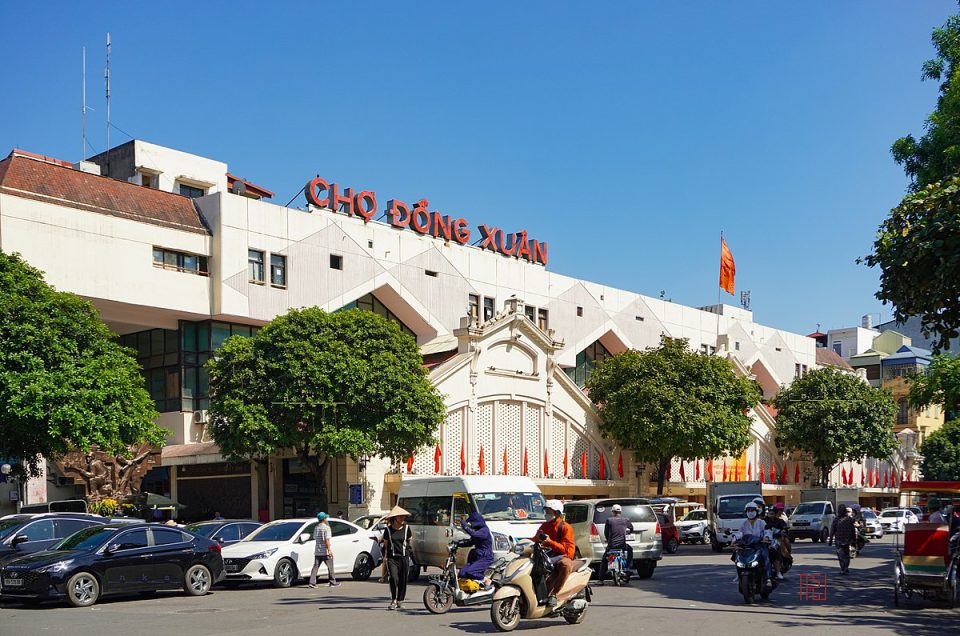Planning a trip to Vietnam and wondering when is rainy season in Vietnam? You’re not alone. Vietnam’s long, S-shaped map crosses multiple climate zones, so rain falls at different times across the country. Understanding the Vietnam rainy season 2025 is key to choosing the right route, packing smartly, and enjoying your adventure regardless of the weather.
In this guide, I’ll walk you through when and where the rains fall, share tips for traveling during the wet months, and show how to make the most of your trip — even under a few showers.
How Vietnam’s Rainfall Works
Vietnam’s climate is shaped by two large monsoon systems. From May to October, the southwest monsoon brings moisture from the Indian Ocean, creating heavy rains in many regions. Meanwhile, from November to April, the northeast monsoon brings drier air—especially in the north.

Because of its geographic diversity, rainy season in Vietnam doesn’t occur uniformly. The North, Central, and South all have their own rhythms:
-
In the North, including Hanoi and Halong, heavy rain generally occurs from May to September.
-
In Central Vietnam (Hue, Danang, Hoi An), the rainy season often sets in from September to December, with October–November being the wettest months.
-
In the South, including Ho Chi Minh City and the Mekong Delta, rainfall is heaviest from May to November, with daily afternoon downpours common.
So, when you ask “when is rainy season in Vietnam?”, the answer is: it depends which region you plan to visit.
Rain Patterns by Region
Northern Vietnam (Hanoi, Halong, Sapa)
From May to September, the north faces frequent and sometimes heavy rain—especially in July and August. These showers often arrive in the afternoon or evening
This period can also bring thunderstorms or heavy downpours lasting a few hours. Still, mornings may stay relatively dry, so some sightseeing can be squeezed in.

Central Vietnam (Hue, Da Nang, Hoi An)
The central region’s rainy season typically begins later — around September — and continues into December.
October and November often bring typhoons and flooding, making sea conditions rough and some roads risky. But off-peak periods (Sept or December) can still deliver dramatic skies, fewer tourists, and lower rates.
Southern Vietnam & Mekong Delta
The South has one of the longest rainy seasons: May through November.
Rainfall here tends to be intense but short-lived — often lasting one or two hours in the afternoon, then giving way to clear skies. As a result, many travelers still enjoy mornings for sightseeing.

Month-by-Month Snapshot
| Month | Weather Overview | Best Regions to Visit |
|---|---|---|
| January – March | Mild and mostly dry in the North and South. Cool days, clear skies, ideal for sightseeing. | Hanoi, Halong Bay, Ho Chi Minh City, Mekong Delta |
| April – June | Rain starts in the South and gradually moves northward. Days get warmer and more humid. | Central Vietnam (Hoi An, Da Nang, Hue) before rains peak |
| July – August | Peak rainy season in the North; heavy showers in the South. Occasional typhoons near the coast. | Highlands (Sapa, Ha Giang) if weather allows; indoor activities elsewhere |
| September – November | Central Vietnam receives the most rain; South remains wet; North begins to clear and cool down. | Northern Vietnam – great for nature and trekking |
| December | Rains retreat northward. Central and Southern Vietnam enjoy dry, sunny days again. | Hoi An, Da Nang, Phu Quoc, Mekong Delta |
Pros & Cons of Traveling During the Rainy Season in Vietnam
| Pros | Cons |
|---|---|
| Fewer crowds – enjoy popular spots with more peace and space. | Some itineraries might be disrupted by flooding or storms. |
| Lower prices on hotels, flights, and tours. | Outdoor plans may require flexibility and backup options. |
| Lush, photogenic landscapes with dramatic skies and reflections. | Humidity levels rise, and inter-regional travel may slow. |
| Authentic cultural experiences – local life continues in the rain. | Certain remote areas may become harder to access. |
Smart Tips for Traveling During the Rain
| Tip | Why It Helps |
|---|---|
| Pack a lightweight raincoat and foldable umbrella. | Stay dry and mobile during sudden showers. |
| Plan some indoor activities – museums, cafés, cooking classes. | Keeps your itinerary flexible when rain hits. |
| Check weather updates via Windy, AccuWeather, or local news. | Helps you adjust travel days and outdoor plans. |
| Use private transport or short walks in rural areas. | Roads can get slippery or flooded in heavy rain. |
What to Pack: Rain-Ready Essentials
-
Lightweight, waterproof jacket or poncho
-
Quick-dry clothing
-
Waterproof backpack cover
-
Anti-slip shoes or sandals
-
Microfiber towel
-
Insect repellent (mosquitoes thrive in rain)
-
Waterproof phone pouch
With the right gear, sudden downpours become part of the adventure — not a disruption.
When is rainy season in Vietnam? The answer depends on where you go — north, central, or south — but rest assured: Vietnam rainy season 2025 doesn’t mean constant gloom. Instead, it brings a quieter, greener side of Vietnam that few tourists see.
Enjoy the patter of raindrops, lush landscapes, and cozy local cafés. If you’d like a carefully crafted route that weaves through both sunshine and rain, we can help.
Plan your custom Vietnam tour today — we’ll build your itinerary around the seasons and your travel style.





